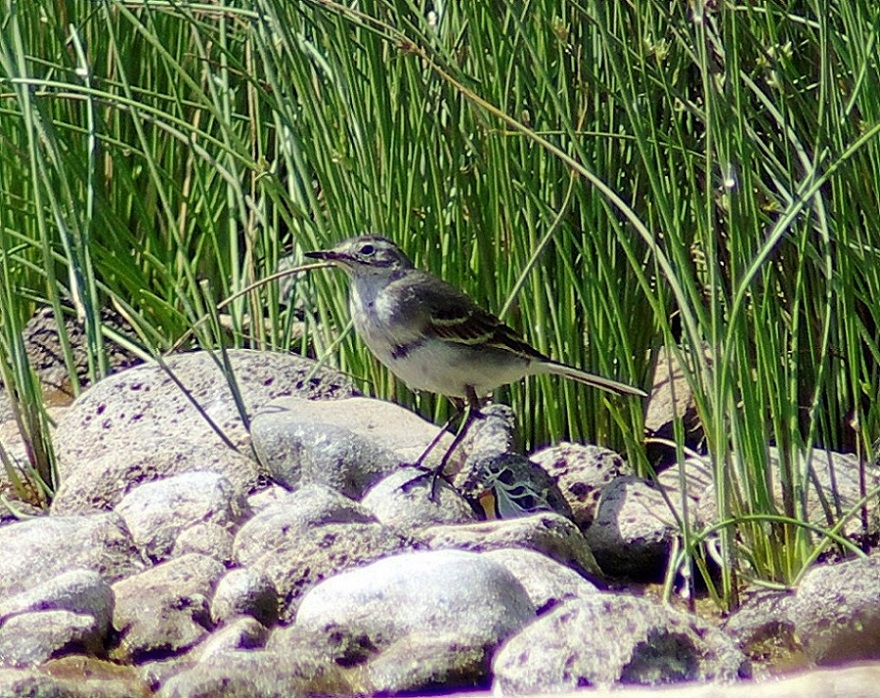Ferlini, F & Olsen, KM 2021. Does the expansion of the species' breeding range also involve the establishment of new migratory routes and new wintering ranges? The case of the citrine wagtail Motacilla citreola (Pallas, 1776). Rivista italiana di Ornitologia in press.
Abstract: From the second half of the 20th century, some Asian or Eastern European species expanded their breeding range westward. These include red-flanked bluetail Tarsiger cyanurus, black-headed bunting Emberiza melanocephala, common rosefinch Carpodacus erythrinus, and citrine wagtail Motacilla citreola. All of these species are long-range migratory species that historically have their own wintering ranges concentrated in Southern Asia. Although migratory behavior is mainly controlled by genetic factors, there is evidence of a high degree of flexibility and adaptability. Therefore, in the event of specific environmental changes, the genetic basis for a rapid and diverse micro-evolutionary development that affects the future migration patterns of birds is already in place. Possible adaptations also include changes to migratory directions and the choice of new and closer winter quarters. It is therefore prudent to ask whether the long-range migratory species that have expanded their breeding range westward in Europe have also established new migration routes and wintering ranges. This research shows that over the last few decades, the wintering area of Motacilla citreola has expanded westwards, including significantly the Middle East and, to a lesser extent, Africa and Europe. Especially in the activation of the most western routes, a fundamental role was played by the phenomenon of post-fledging dispersal, manifested by young who, as also observed in other Asian passerines (e.g., Pallas's warbler Phylloscopus proregulus, yellow-browed warbler Phylloscopus inornatus, pine bunting Emberiza leucocephalos), in autumn moved in different directions than the typical migratory route of their species. The Middle East and the neighboring Horn of Africa are progressively increasing in relevance as an additional area for the wintering of the species as a whole. Similarly, if in Europe the expansion of the breeding range towards the west continues in the future, West Africa, reached through Gibraltar, could become important as additional wintering ranges. In analogy with what is being observed for the western yellow wagtail Motacilla flava, Europe itself is also becoming part of the wintering range of the species. In fact, there is an increase in cases of wintering not only in the south of the continent, but there is also a progression towards the north.


